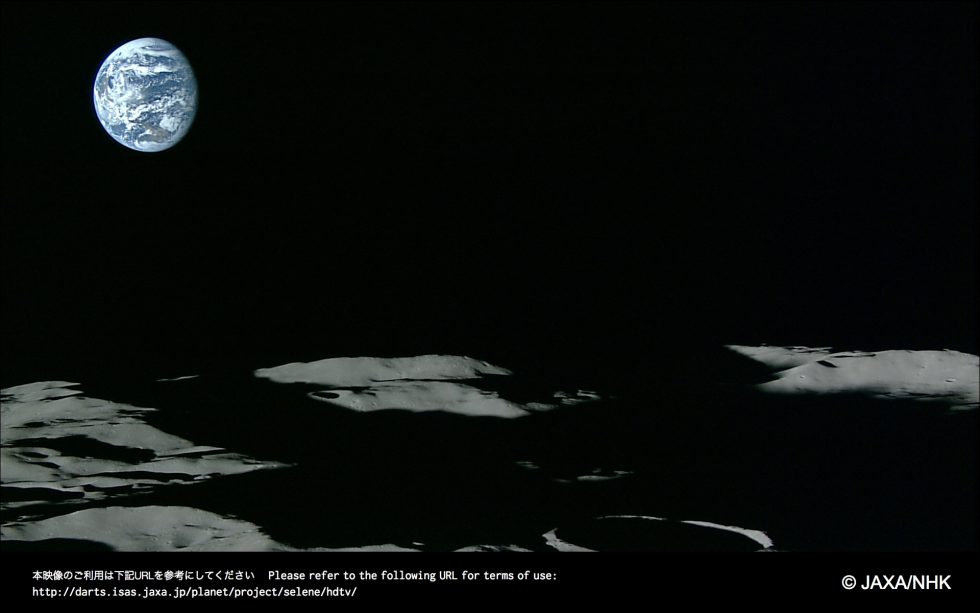New research is able to recover sound waves in a room by observing minute changes in the room's light bulbs. This technique works from a distance, even from a building across the street through a window.
In an experiment using three different telescopes with different lens diameters from a distance of 25 meters (a little over 82 feet) the researchers were successfully able to capture sound being played in a remote room, including The Beatles' Let It Be, which was distinguishable enough for Shazam to recognize it, and a speech from President Trump that Google's speech recognition API could successfully transcribe. With more powerful telescopes and a more sensitive analog-to-digital converter, the researchers believe the eavesdropping distances could be even greater.
It's not expensive: less than $1,000 worth of equipment is required. And unlike other techniques like bouncing a laser off the window and measuring the vibrations, it's completely passive.
